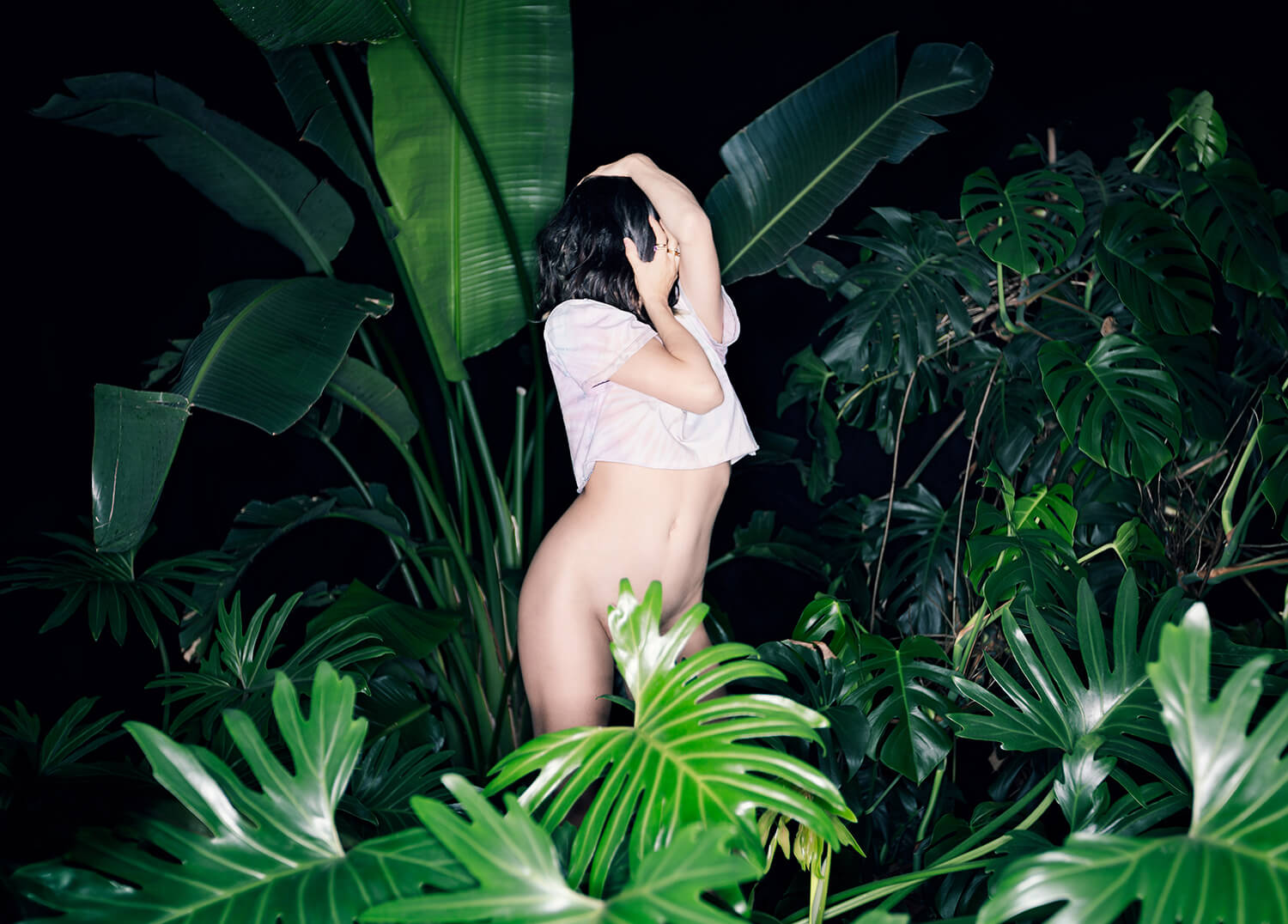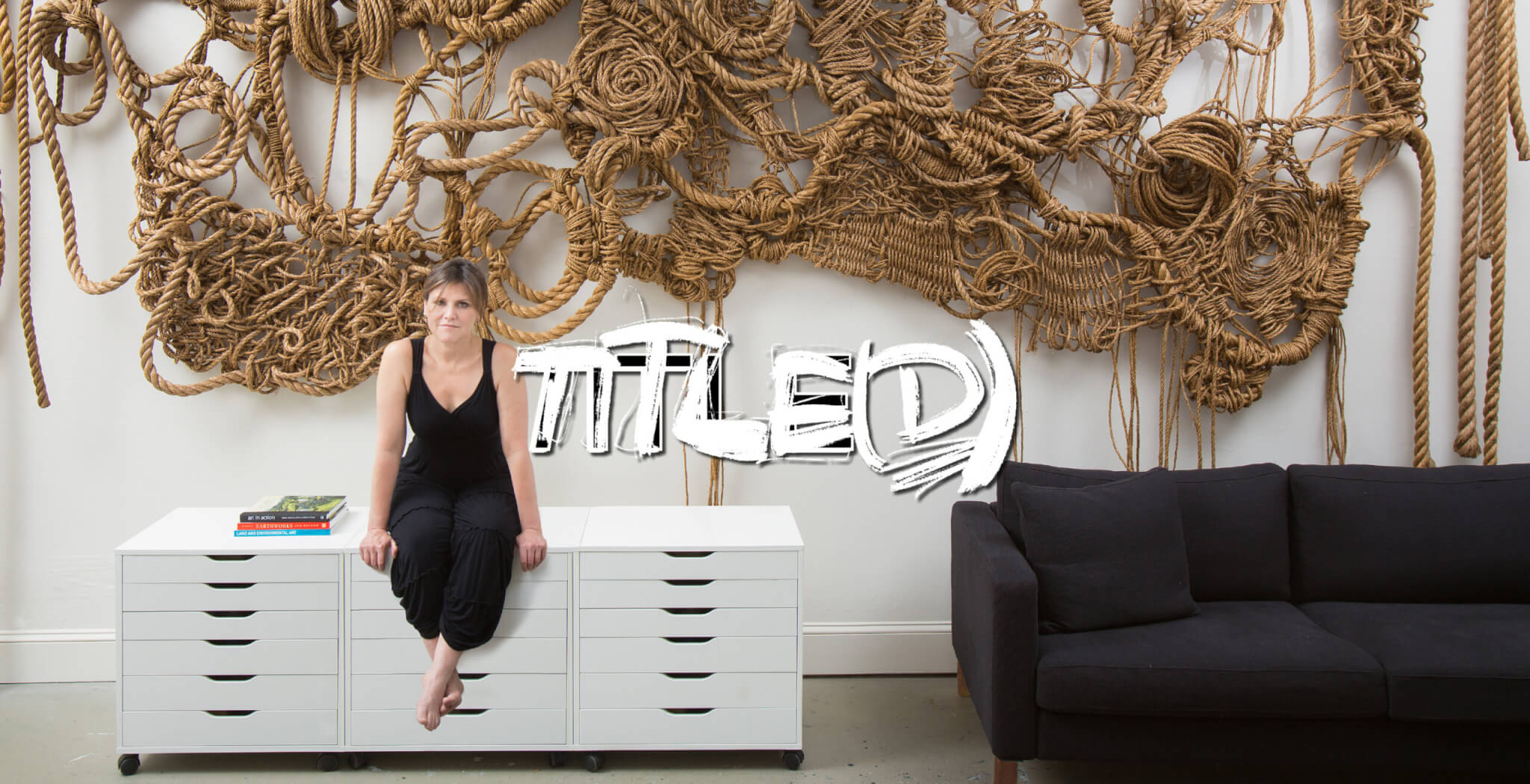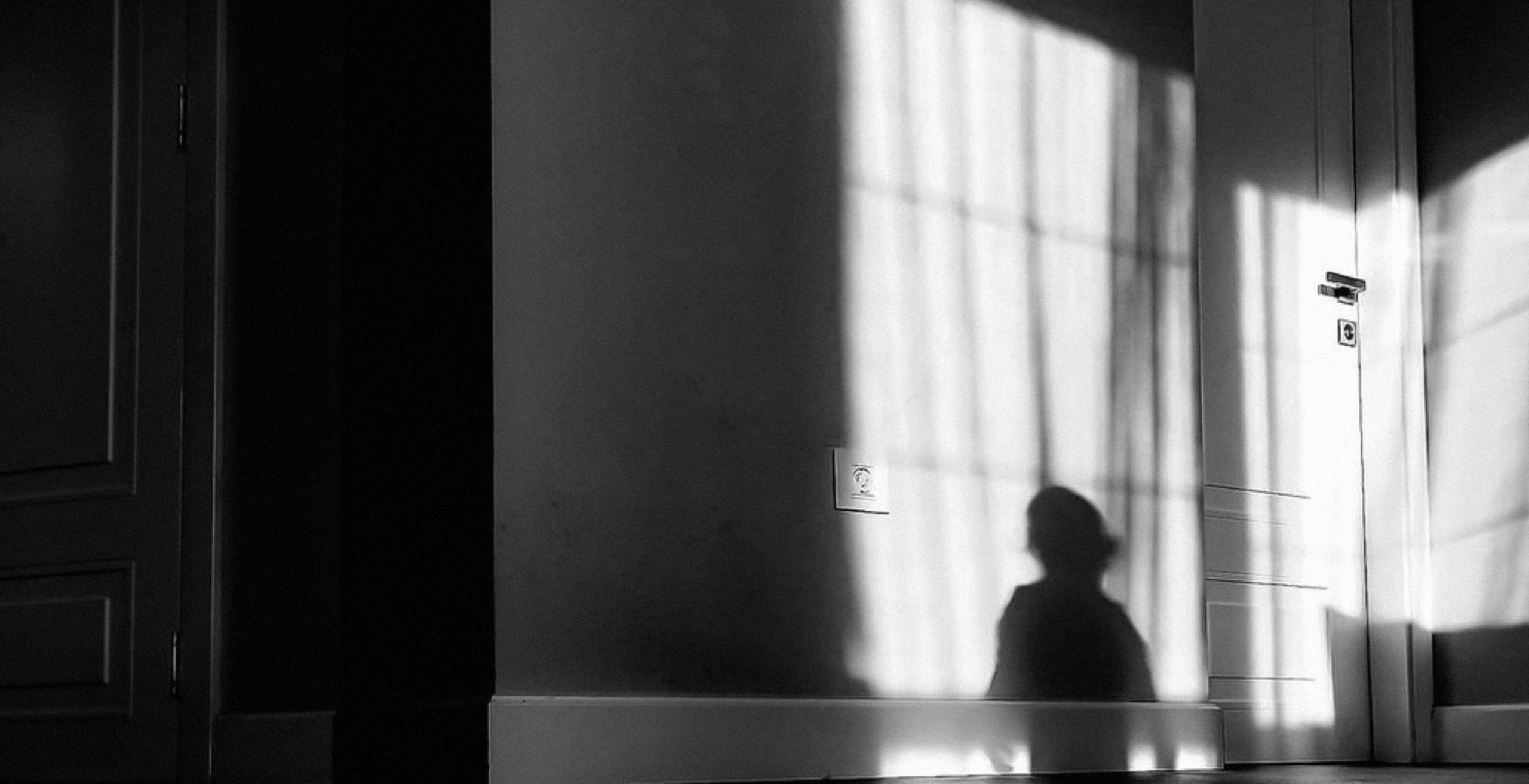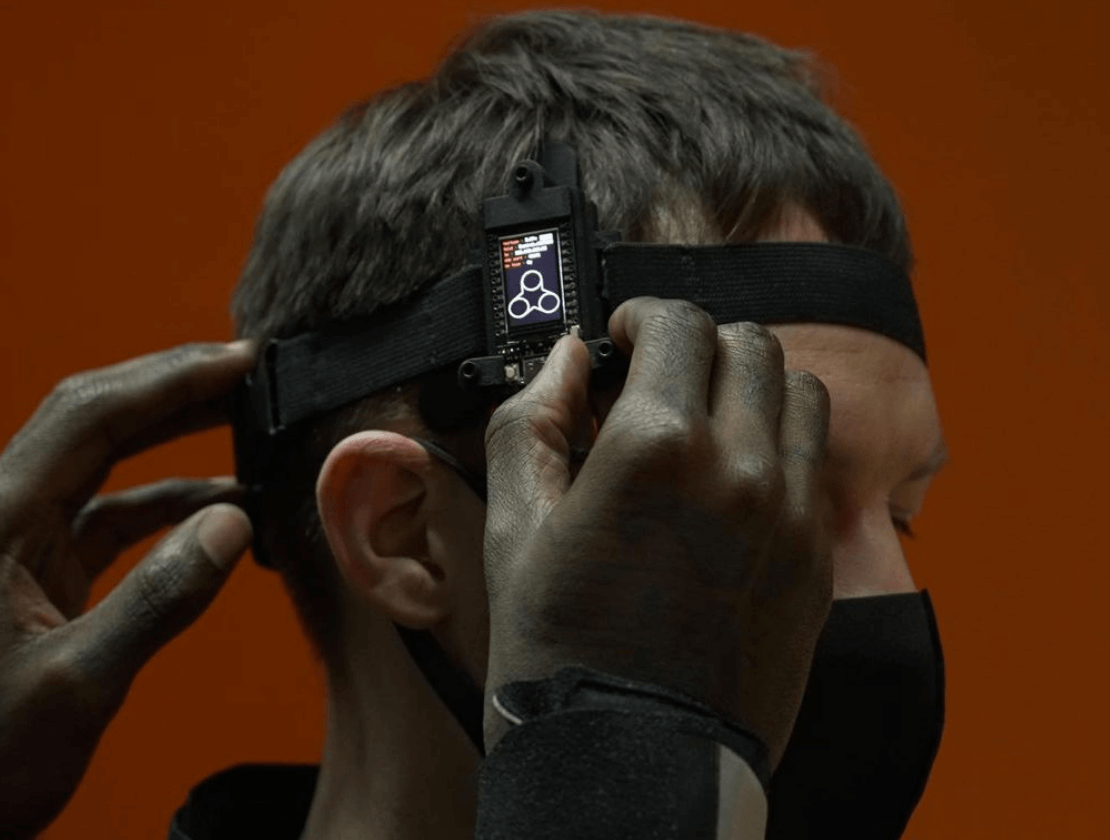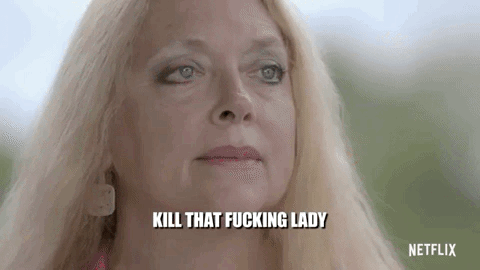“CUNT wonders about the significance of prayer to ‘GOD’ when every individual, without exception, originates from her. She ponders the transformative impact it would have on the world if society embraced and celebrated her unique and enchanting essence,” shares Dani Brown during our conversation about her captivating solo performance, The Pressing. This remarkable production took place at the Radialsystem cultural center in Berlin, captivating audiences during the final weekend of July.
Unfortunately, the extraordinary and delightful magic inherent in the Vulva has been marred by centuries of patriarchy and the neglect of female pleasure. Conventional depictions of the vulva in pornography and educational materials have further contributed to this erosion. When we mention the Vulva, we are referring to the collective external components of the female genitalia, encompassing the labia and clitoris.
The tangible fear of understanding and visualizing the intricacies of the Vulva, an organ with diverse functions and structures that have historically been confined to reproductive purposes by major religions and controlled through political and economic models, has prompted artists to emerge, seeking to reclaim and validate the power of the Vulva.
According to a 2019 survey conducted by Refinery29, 48% of respondents expressed concerns about the appearance of their Vulva. Similarly, a significant number of individuals worried about size (64%) and color (30%). Many experts attribute the rise in labiaplasty, a surgical procedure to reduce labia size, since 2013, to the portrayal of hairless or symmetrical Vulvas.
Zoe Williams, a spokesperson from the Vagina Museum in London, explains, “I believe that a substantial portion of this issue arises from the fact that most people do not encounter Vulvas frequently in their lives. When they do, it is often through depictions in art or pornography.” Due to the prevailing shame surrounding the Vulva, movements like Viva la Vulva encourage individuals to explore their own anatomy and demystify the associated taboos. By embracing and taking pride in what we all possess, we create a safe space to openly discuss pertinent issues.
To promote Vulva diversity, Amsterdam-based illustrator Hilde Atalanta established The Vulva Gallery in 2016, an online platform that serves as both an educational resource and a celebration of diversity. The gallery has garnered over 780k followers on Instagram and has been complemented by a printed book. Other forms of Vulva representation, such as Namilia’s pussy coin purse and earrings available on Etsy, also contribute to the reaffirmation of Vulva power.
In Dani Brown’s The Pressing, the Vulva (referred to as the CUNT, with a capital C, as clarified by Brown) delivers a captivating monologue, reminiscing about her limited public appearances and speculating on what she would say or not say, and how she would behave if given the opportunity. This humorous, playful, and poignant monologue provides a broader commentary on women’s sexuality, addressing societal norms concerning the Vulva and the political agendas that undermine the health and happiness of female bodies.
Familiarizing ourselves with our anatomy is a crucial step toward body positivity. Sex education plays a pivotal role in destigmatizing pleasure and dispelling feelings of shame. Many women become aware of their Vulvas at a young age, yet they feel ashamed and apprehensive about embracing the joy of self-exploration. However, the shame associated with the Vulva dates back to ancient civilizations. In Latin, the term “pudendum” encompassed the genitals of men, women, and animals, but for women, it carried the connotation of shame. It is no wonder that female pleasure remains shrouded in mystery.
In her only published book, Migrations (1976), Mexican poet Gloria Gervitz recounts an episode from her early adolescence when she removed her pants and touched her “young vulva.” The poem concludes with the lines: “And I am this body This rapture this vastness I’m in the pleasure within the pleasure of pleasuring myself.”
Gervitz’s exploration of feminine autoeroticism offers a profound observation that our bodies are not obscene and that pleasure can be a positive experience. Comprehensive sex education enables us to comprehend our bodies and the sensations they experience during sexual encounters.
Up until now, sex education has predominantly focused on reproduction. However, it should also encompass crucial topics such as contraception methods, consent, and understanding what is normal and abnormal regarding our bodies during sex. Intimacy is inherently vulnerable, and equipping ourselves with the ability to discuss our bodies and pleasure empowers us to approach our feelings and the emotions of our partners with positivity.
*Main image: Dani Brown ©Daniel K.B. Schmidt








